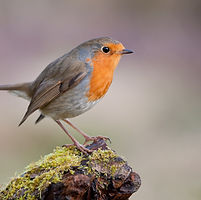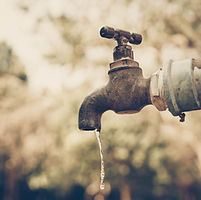
Planetary accounting
Quantifying how to live within the planet's limits.
What is planetary accounting?
Planetary Accounting is a way of translating non-negotiable environmental limits (Planetary Boundaries) - such as climate change, and biodiversity loss - into actionable, science based, environmental budgets that can be scaled for use at any level. It divides these global challenges into manageable chunks that each of us - from individuals to chief executives, city councilors, or national committee members – can tackle.
Planetary Accounting is a platform for science-based target setting and decision-making. It can help us understand the the impacts of simple choices such as, 'shall I take the bus or drive the car to work today?’ on global limits such as air pollution, biodiversity loss, deforestation, and greenhouse gas emissions. The high resolution of Planetary Accounting means it can be applied across many different scales and applications, from informing city planning, to setting corporate sustainability goals, to product labels and individual behaviour change programs.
The framework was first published by peer reviewed Biomed Central journal Sustainable Earth, and the updated framework was subsequently released as a text book by Springer.
How DOES IT work?
In 2009, leading scientists proposed nine "Planetary Boundaries", global environmental limits below which the risk of changing the planet from one that is hospitable to one that is hostile to humanity is low - the "safe operating space".
The Planetary Boundaries communicate an important message about the magnitude and urgency of the challenge our planet, they do not help us to answer the question - what should we DO? They were not designed to inform policy, behaviour, or business decisions and action.
Planetary Accounting translates the Planetary Boundaries into global budgets in environmental currencies such as greenhouse gas emissions, water consumption, and deforestation rates that make sense at different scales.
Where the Planetary Boundaries tell us about the planet's health, the Planetary Quotas are a prescription for a healthy planet.

THE PLANETARY QUOTAS
Our Ten Global Limits
The Planetary Quotas are ten global limits for human activity that will allow us to return to and remain within safe environmental limits - the Planetary Boundaries.
The Planetary Quotas complement rather than replace the Planetary Boundaries. The Planetary Boundaries can be seen as a health check for the planet - they give us a sense of the magnitude and urgency of the situation.
However they do not translate into figures that make sense for policy or action.
The Planetary Quotas answer the very important question: “What can you do to help?” You as a person, you as an employee, you as a city government, you as a CEO.
The Quotas can be scaled and then compare to the environmental impacts of human activity from individual and community activities, to business and sectorial operations, and city and national governments.
If you think living within the planet's limits is important, join now to be part of the community driving this change.
Not ready to join? Consider showing your support though a small donation and/or sharing the word through your social media channels!














